Collection
Discover our collection of objects.
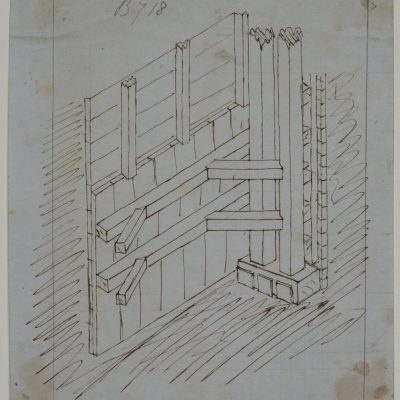
Sketch of the timbering for the removal of the old shield
If you’d like a print of the artwork displayed above, you can purchase one from the ArtUK online shop.
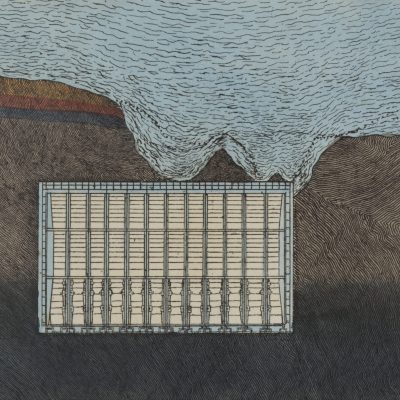
View of the shield
This watercolour wash view shows a cross section of the tunnel with the intrusion that caused the first flood on the 18th of May 1827. Unlike some of the other pieces in this collection showing the first flood (see LDBRU:2017.16 and LDBRU:2017.17), this piece is small in scale, at only 128mm x 90mm, and therefore …
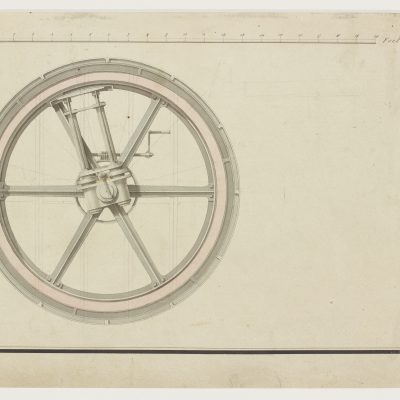
Watercolour of a cylindrical tunnelling shield
An early watercolour technical illustration depicting two cross sections of an early design for the tunnelling shield. This piece was likely drawn by Joseph Pinchback, Brunel’s chief mechanical draughtsman, and is cut from a sheet dated September 1818. See LDBRU:2017.5 and LDBRU:2017.20 for the complete page and other views of the design. Brunel’s patent no. …
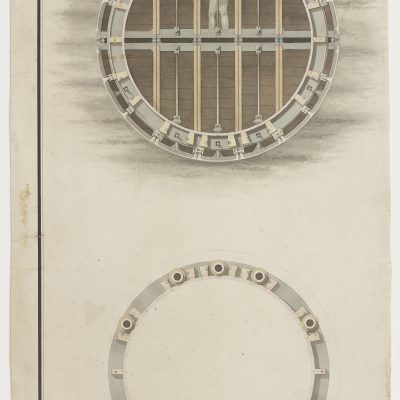
Two watercolour views of a cylindrical tunnelling shield
An early watercolour technical illustration depicting two cross sections of an early design for the tunnelling shield. This piece was likely drawn by Joseph Pinchback, Brunel’s chief mechanical draughtsman, and is cut from a sheet dated September 1818. See LDBRU:2017.5 and LDBRU:2017.20 for the complete page and other views of the design. In Brunel’s patent …
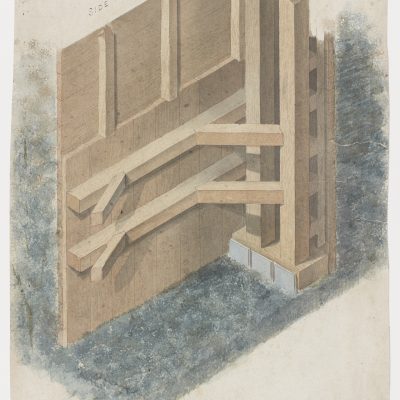
Watercolour of the timbering for the removal of the old Shield
If you’d like a print of the artwork displayed above, you can purchase one from the ArtUK online shop.
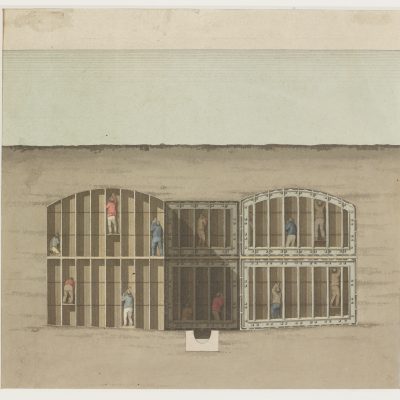
Watercolour of proposed three-part Shield
If you’d like a print of the artwork displayed above, you can purchase one from the ArtUK online shop.
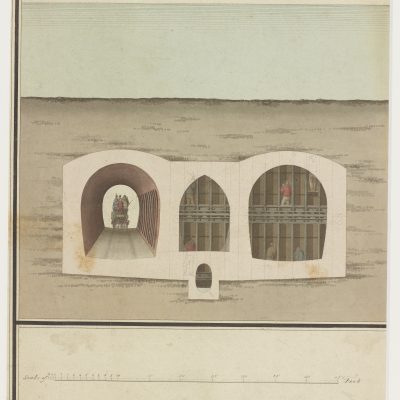
Watercolour of proposed three-part tunnel
If you’d like a print of the artwork displayed above, you can purchase one from the ArtUK online shop.
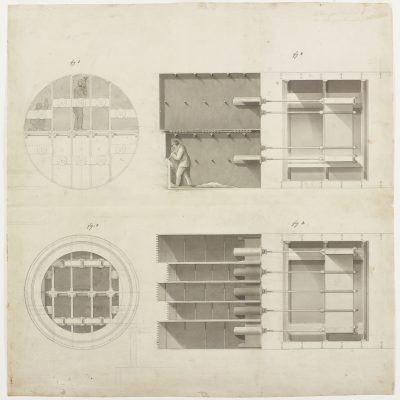
Four views of the Tunnelling Shield
This grisaille watercolour is a technical illustration of one of Brunel’s early designs for the Tunnel, which he likely drew himself. At some point, the page has been cut and squared off. It is a near-identical version of what appears in Brunel’s Patent no. 4204 “Forming tunnels or drifts underground” from January 1818, in which …
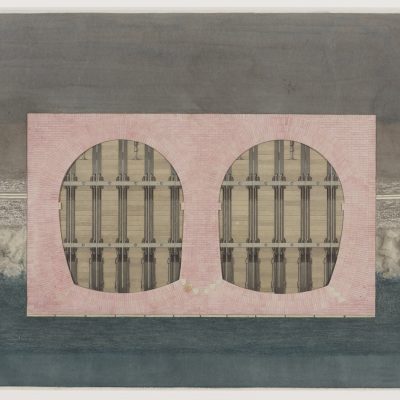
Section of tunnel with overlay
Uniquely, this object is made up of a pair of watercolours intended to be placed on one another. Both show the strata of earth through which the Tunnel was dug, but, where the under section shows the tunnelling shield, the overlay shows the finished brickwork with cutouts in the centre to enable the image of …
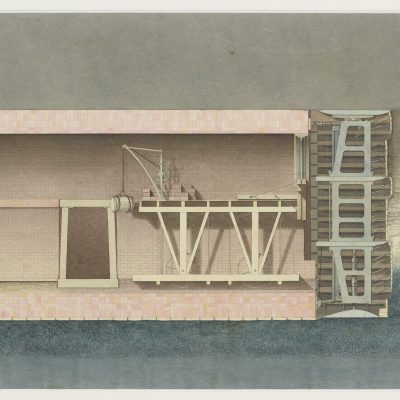
Watercolour of the Tunnel and Shield
This watercolour piece dates from the early 1820s and depicts a chronology of the tunnelling process. On the far right-hand side, the different strata of earth are distinguished with different patterns and colours. On the left is the tunnelling shield, its movable stage, which supplied bricks and other building materials to the front, and two …
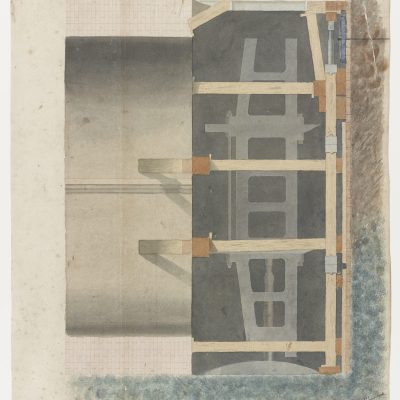
Watercolour of the second tunnelling Shield
If you’d like a print of the artwork displayed above, you can purchase one from the ArtUK online shop.
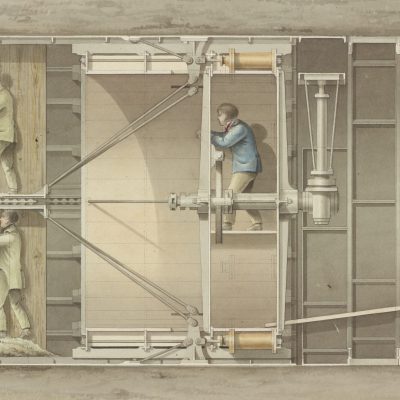
Watercolour of proposed tunnelling Shield
An early watercolour technical illustration of the tunnelling process. This piece was likely drawn by Joseph Pinchback, Brunel’s chief mechanical draughtsman, and is cut from a sheet dated September 1818. See LDBRU:2017.5 and LDBRU:2017.20 for the complete page and other views of the design. Two miners are featured excavating earth inside individual compartments. Close inspection …
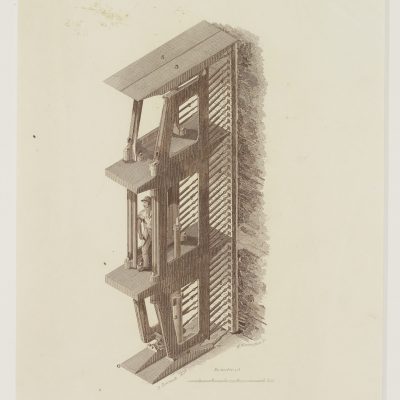
Print of one frame of the Shield
This engraving was done by William Warrington, who worked closely with the Thames Tunnel Company both as an engraver and printer of some of the tunnel guide books. It is most likely a copperplate engraving, and reproduces a drawing done by Richard Beamish, one of Brunel’s engineers, which can be seen here. Both pieces feature …
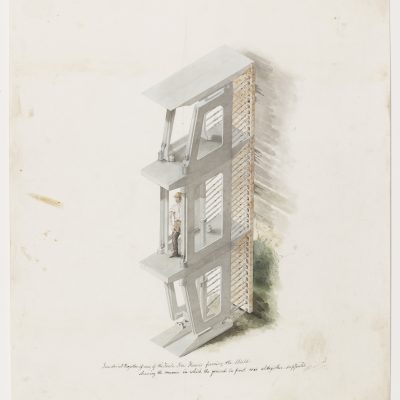
Watercolour of one frame of the Shield
This watercolour, signed R. Beamish (Richard Beamish, resident engineer on the Tunnel), provides a clear visualisation of how the tunnelling shield was formed and worked. It is captioned Isometrical projection of one of the Twelve Iron Frames forming the Shield/ shewing the manner in which the ground in front was altogether supported, and depicts a …
